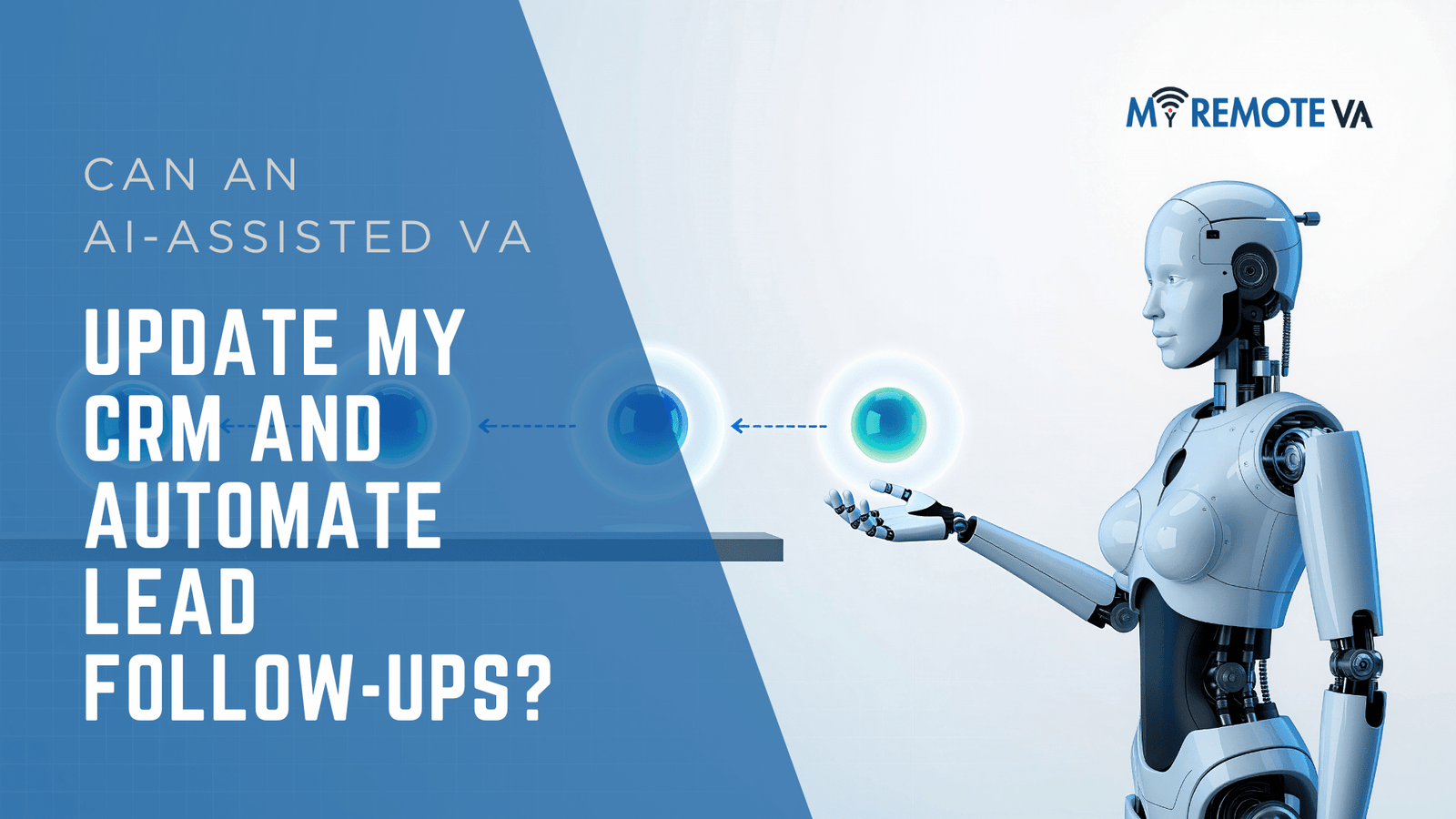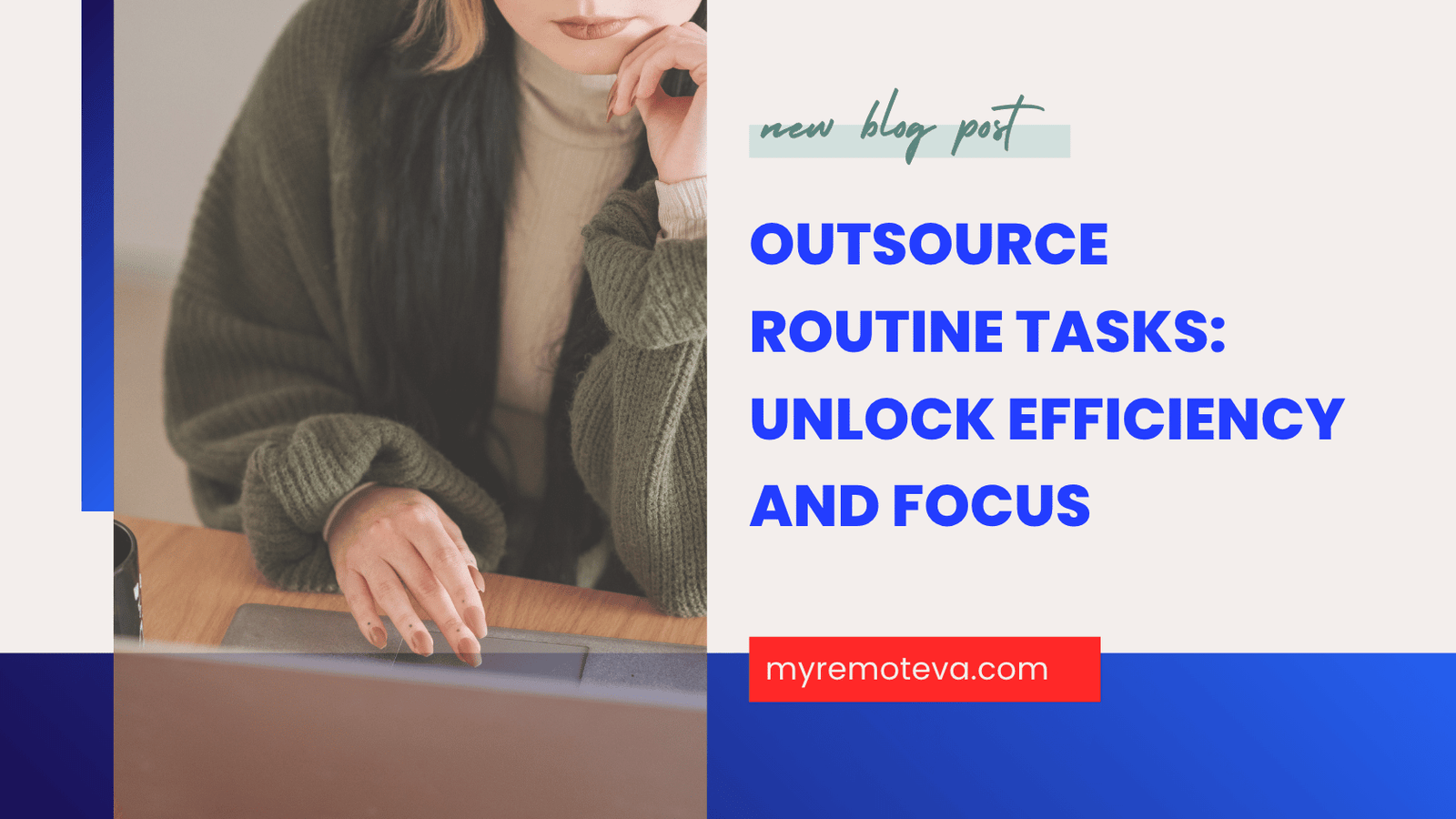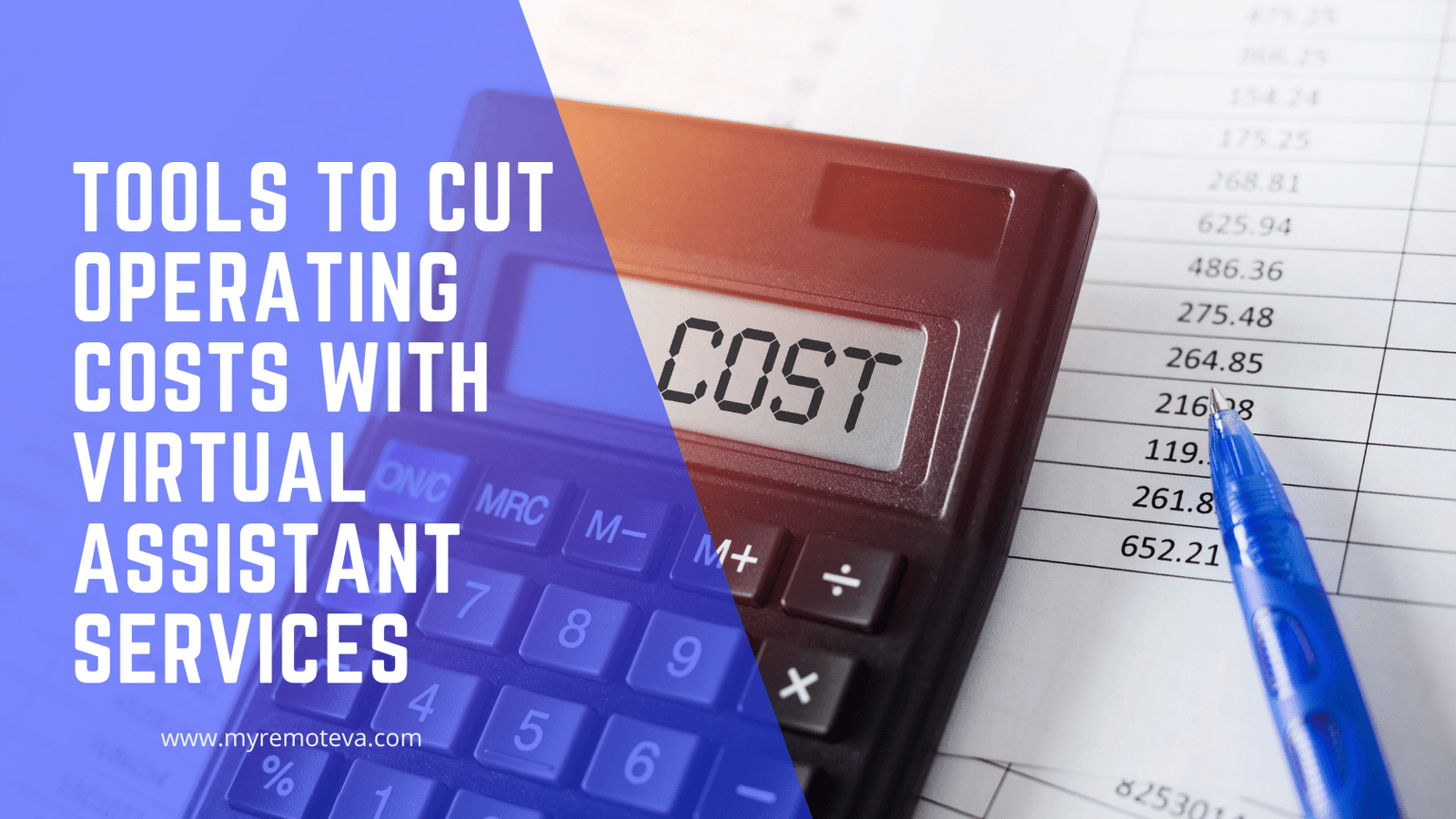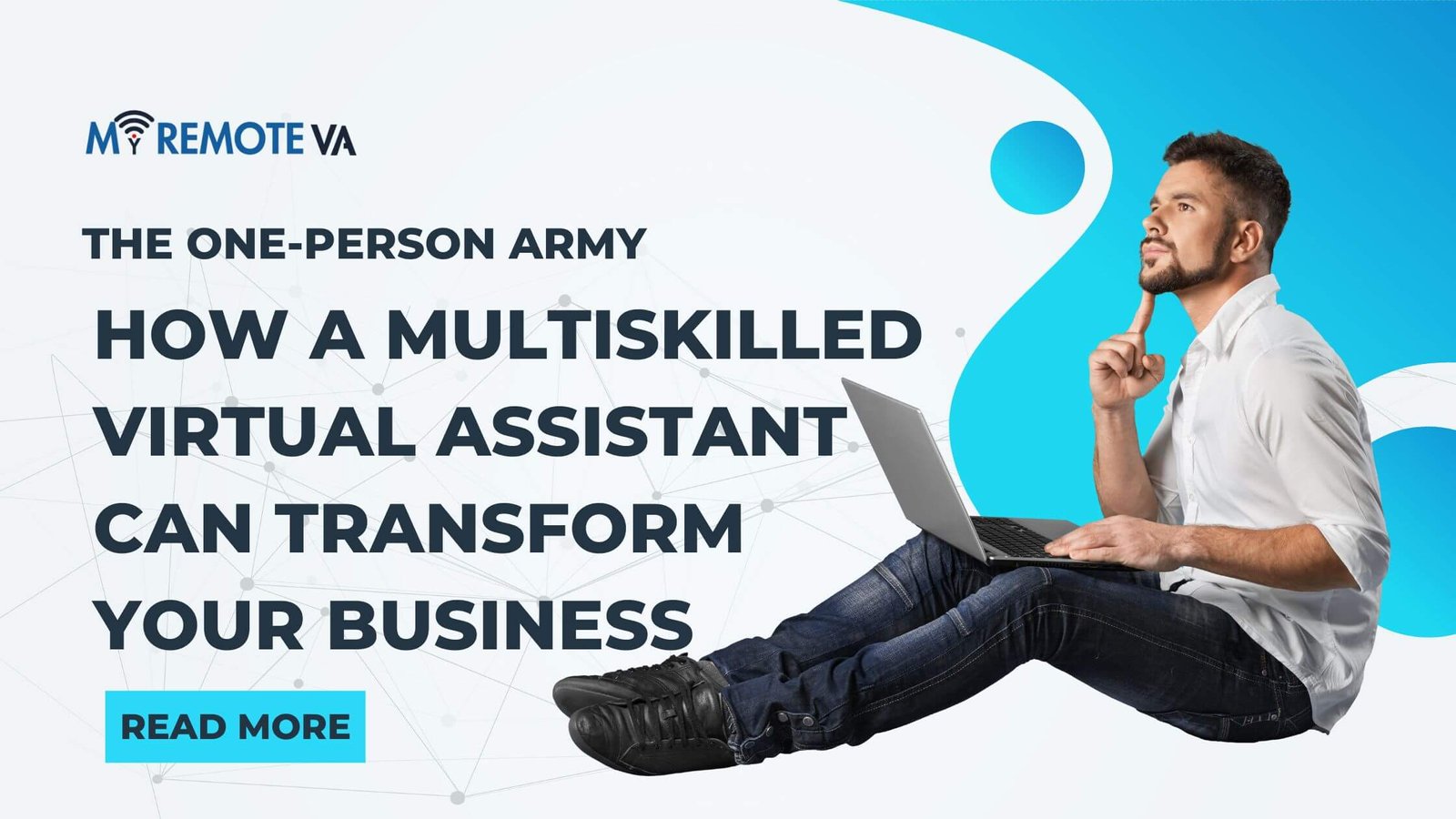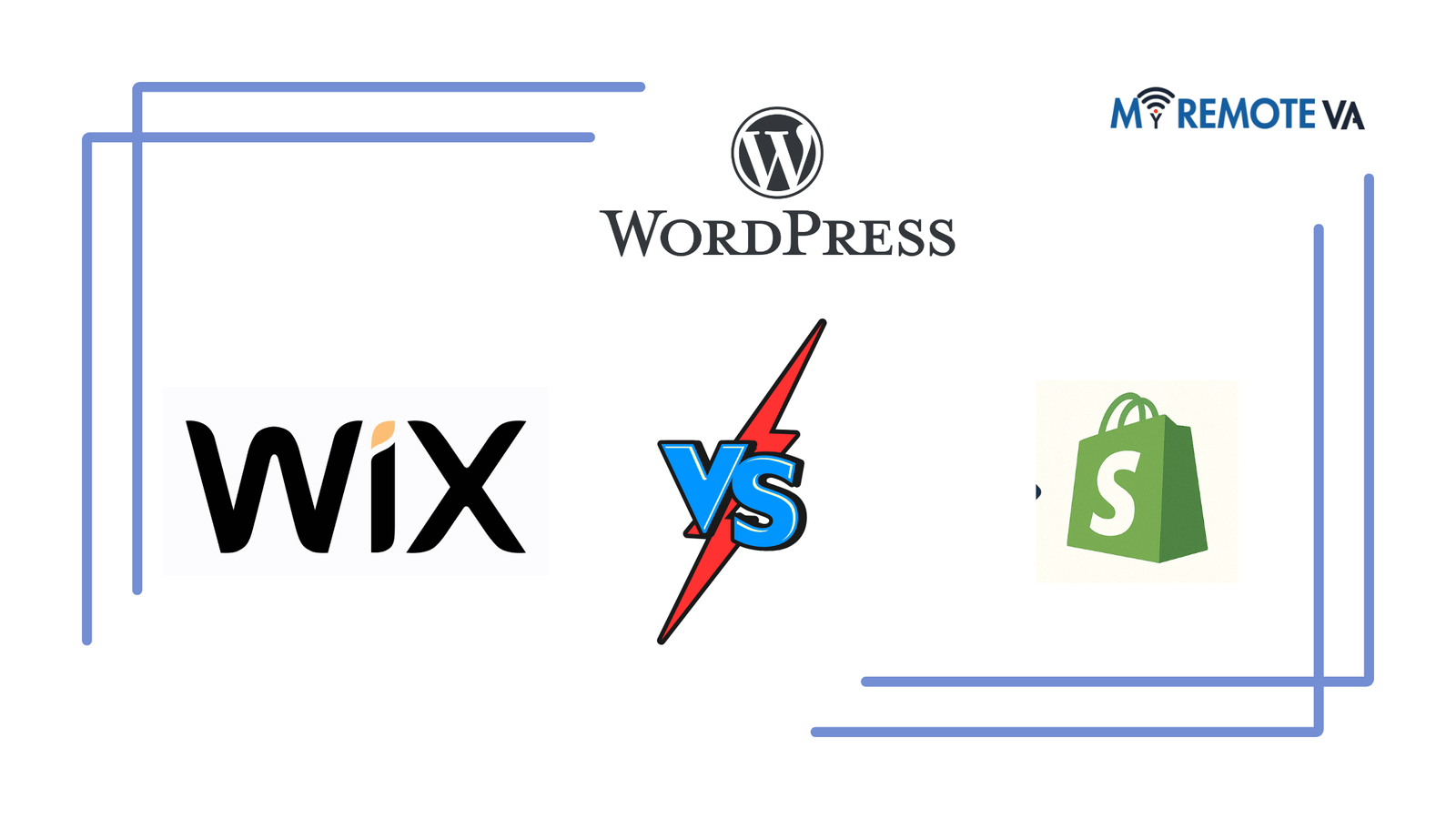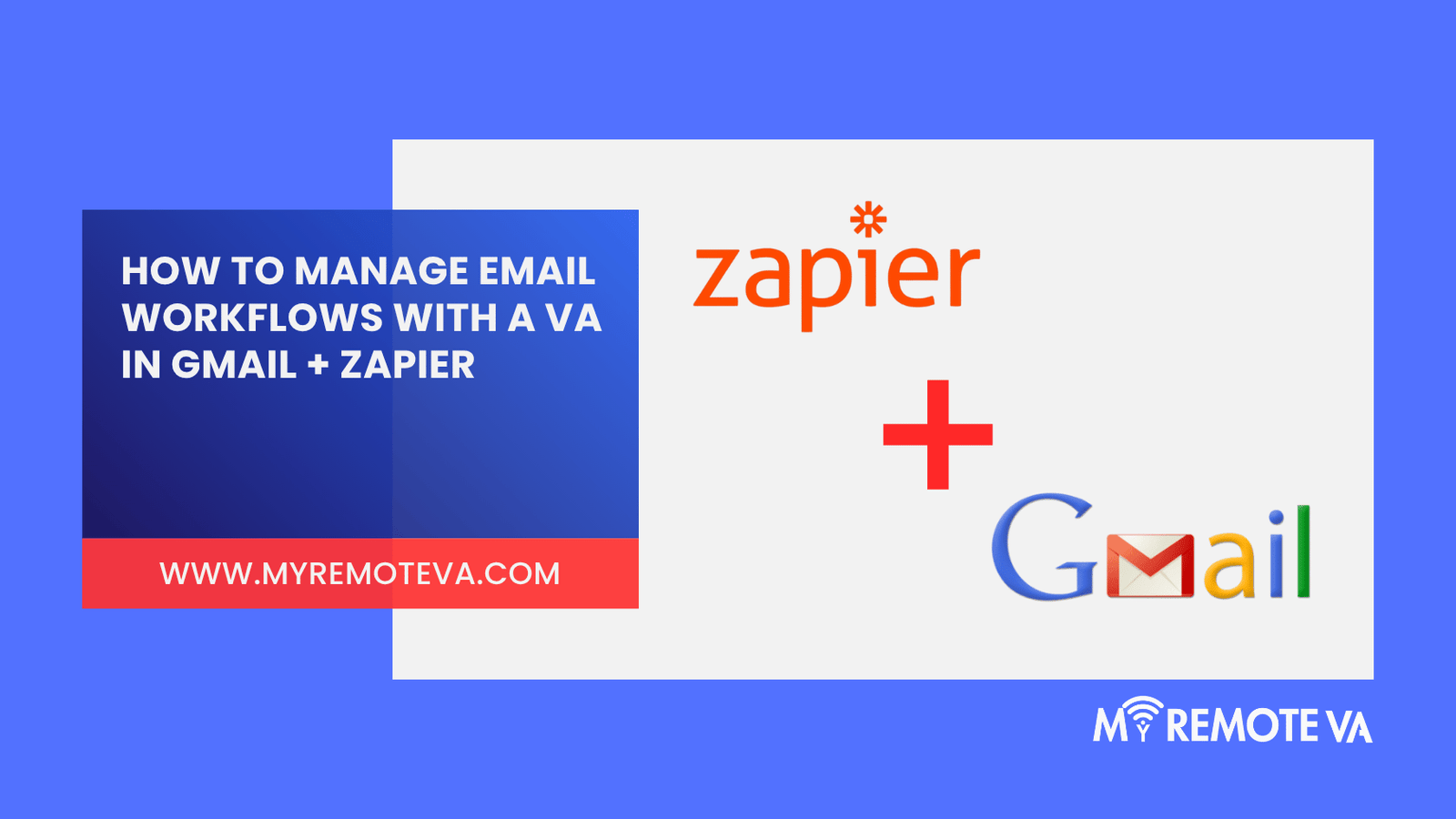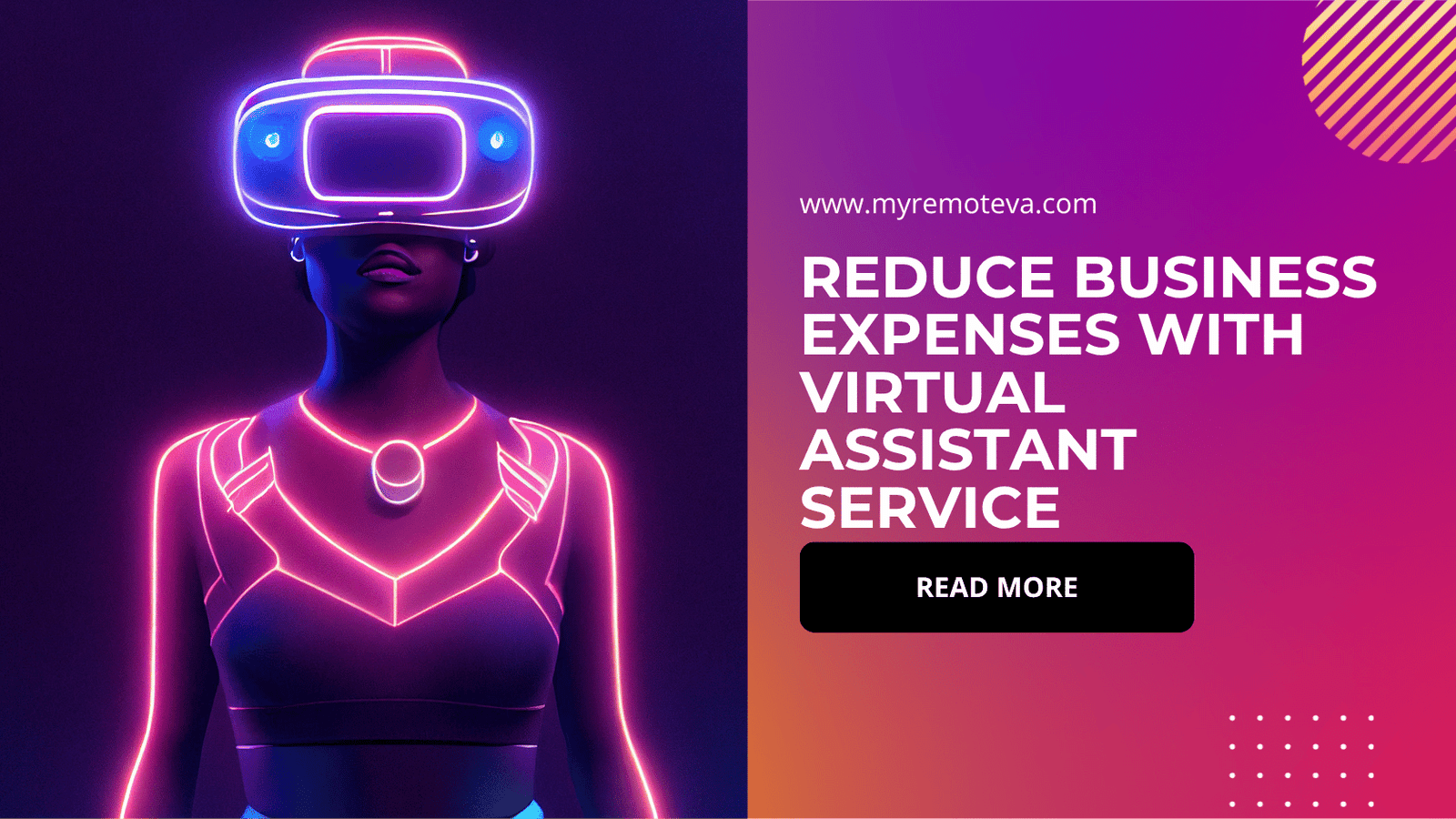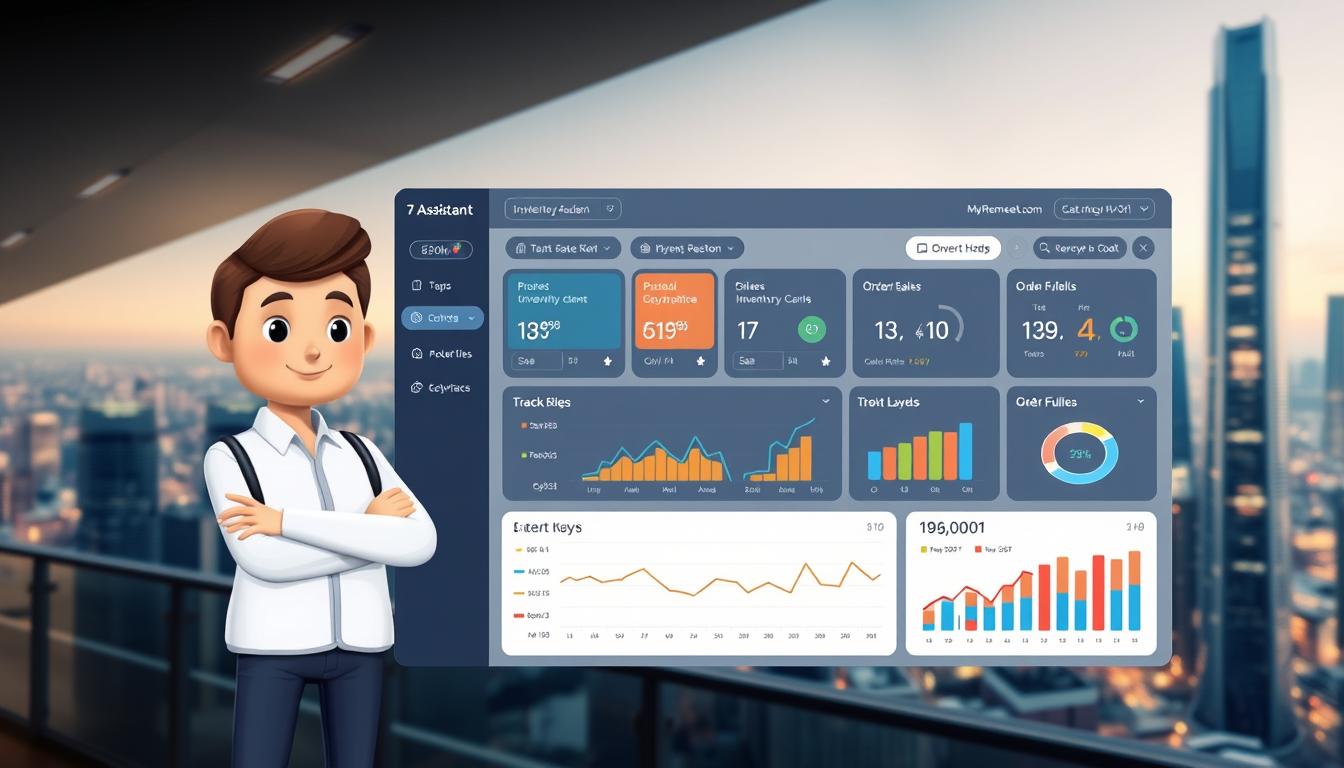How Does a Hybrid Assistant Improve Productivity Compared to a Regular VA?
The key difference between a hybrid assistant and a traditional virtual assistant (VA) lies in the augmentation provided by artificial intelligence (AI) and automation tools. While a regular VA relies primarily on manual effort and skillset, a hybrid assistant leverages AI to streamline processes, enhance efficiency, and ultimately, boost productivity.
- How Does a Hybrid Assistant Improve Productivity Compared to a Regular VA?
- Introduction: The Evolution of Virtual Assistance
- Understanding the Regular Virtual Assistant
- The Power of the Hybrid Assistant: AI Integration
- Productivity Gains: Comparing Hybrid vs. Regular VA
- Market Signals: Hybrid Assistants in Demand (USA, UK, NZ, SG, AU, UAE)
- Choosing the Right Solution: Factors to Consider
- Conclusion: Embracing the Future of Virtual Assistance
- FAQ: Hybrid Assistants vs. Regular VAs - Boosting Productivity
Enhanced Efficiency and Speed
AI-powered tools enable hybrid assistants to automate repetitive tasks, such as data entry, scheduling, and initial customer support inquiries. This automation frees up the assistant to focus on higher-level tasks requiring critical thinking and human interaction. For example, a hybrid assistant can use AI to filter and prioritize emails, automatically schedule meetings based on pre-defined parameters, and generate initial drafts of documents or reports. A regular VA would handle these tasks manually, consuming valuable time that could be dedicated to more strategic initiatives.
Improved Accuracy and Reduced Errors
AI algorithms can process large volumes of data with greater accuracy than humans, reducing the likelihood of errors in tasks like data entry, invoice processing, and content creation. This leads to improved data integrity and reduces the need for rework. The AI provides assistance with proofreading and fact-checking allowing less errors.
Data-Driven Insights and Decision-Making
Hybrid assistants often have access to AI-powered analytics tools that can provide valuable insights into business performance. They can generate reports, identify trends, and offer data-driven recommendations to improve processes, optimize workflows, and make better-informed decisions. A regular VA typically lacks access to such sophisticated tools and relies on manual data analysis, which can be time-consuming and less accurate.
Scalability and Flexibility
The AI component of a hybrid assistant provides greater scalability and flexibility. During peak periods or when dealing with large volumes of data, AI can automatically scale up resources to handle the increased workload. This ensures that tasks are completed efficiently and on time, even when demand is high. A regular VA may struggle to manage sudden increases in workload, leading to delays and potential bottlenecks.
Focus on Strategic Tasks
By automating routine tasks, a hybrid assistant empowers the human element to focus on more strategic and creative endeavors. This can include developing marketing campaigns, conducting market research, building client relationships, and contributing to overall business strategy. This shift in focus leads to increased productivity and innovation. While a regular VA can contribute to these areas, their time is often consumed by more administrative duties.
Introduction: The Evolution of Virtual Assistance
Virtual Assistants (VAs) have become indispensable tools for boosting productivity across various industries. Traditionally, VAs have provided invaluable support by handling administrative tasks, managing schedules, and offering general assistance. However, the landscape of virtual assistance is evolving, giving rise to the “Hybrid Assistant” – a fusion of human expertise and Artificial Intelligence (AI).
The core of this evolution lies in the recognition that while human VAs excel in areas requiring creativity, empathy, and complex decision-making, AI can efficiently automate repetitive tasks, process large datasets, and provide 24/7 availability. The limitations of each are offset by the strengths of the other.
This introduction explores how a hybrid approach to virtual assistance unlocks significantly greater productivity compared to relying solely on a traditional VA. By intelligently integrating AI into the workflow, hybrid assistants offer enhanced efficiency, scalability, and capabilities, ultimately empowering businesses and individuals to achieve more in less time.
Understanding the Productivity Gap
A traditional VA, while offering considerable assistance, is limited by the constraints of time and human capacity. Consider tasks like data entry, social media scheduling, or preliminary customer service inquiries. A human VA can perform these tasks, but at a limited pace and with the potential for errors.
A hybrid assistant leverages AI tools to automate these processes. For instance, AI-powered tools can automatically categorize and respond to common customer inquiries, freeing up the human VA to focus on more complex or urgent issues. This automation translates directly into time saved and improved responsiveness.
The strategic integration of technology allows the human element of the VA team to be more effective by providing them with greater oversight and higher-level tasks, rather than the more mundane, repeatable jobs.
Understanding the Regular Virtual Assistant
Regular Virtual Assistants (VAs) have become a valuable asset for many businesses and individuals seeking support with various tasks. These VAs are typically human professionals who work remotely, providing administrative, technical, or creative assistance. Their primary function is to handle delegated tasks according to specific instructions and established workflows.
What a Regular VA Offers
A traditional VA offers a wide range of services, often including:
- Administrative Tasks: Scheduling appointments, managing emails, data entry.
- Customer Support: Responding to inquiries, handling basic troubleshooting.
- Marketing Assistance: Social media management, content creation (basic).
- Technical Support: Website updates, basic IT troubleshooting.
Many regular VA providers offer curated plans or custom engagements, allowing clients to choose a level of support that aligns with their needs and budget. These plans can be structured as hourly commitments or dedicated full-time/part-time arrangements . A dedicated supervisor might oversee the VA’s work, managing tasks, workflows, and ensuring quality control.
Limitations of the Traditional VA Model
While regular VAs offer significant benefits, there are also limitations to consider in terms of productivity and efficiency. These can include:
- Scalability: Scaling up support quickly can be challenging, as it requires identifying, vetting, and training additional VAs.
- Training Overhead: Significant time investment is often required to train VAs on specific software, processes, and brand guidelines.
- Potential for Human Error: As with any human worker, regular VAs are susceptible to errors and inconsistencies.
- Limited Availability: Availability may be restricted by time zones, illness, or vacation time, potentially causing disruptions in workflow.
- Dependence on Direct Instructions: Regular VAs often require explicit instructions for each task, limiting their ability to independently identify and solve problems.
These limitations highlight the potential benefits of incorporating AI into the virtual assistant model to enhance productivity and address these challenges.
The Power of the Hybrid Assistant: AI Integration
A hybrid assistant represents a significant evolution in virtual assistance, blending the unique strengths of human expertise with the efficiency and scalability of Artificial Intelligence (AI). This synergy leads to a considerable boost in productivity compared to relying solely on a regular Virtual Assistant (VA).
While a regular VA excels in tasks requiring human intuition, empathy, and complex problem-solving, they are inherently limited by their individual capacity and the time it takes to complete manual, repetitive tasks. A hybrid assistant, however, leverages AI tools to automate these time-consuming activities, freeing up the human VA to focus on higher-value, strategic initiatives.
How AI Amplifies Productivity:
- Automated Task Execution: AI-powered tools can handle routine tasks such as data entry, scheduling, and basic email management with speed and accuracy, reducing the burden on the human VA.
- Enhanced Data Analysis: AI can quickly analyze large datasets to identify trends, patterns, and insights that would take a regular VA significantly longer to uncover. This informs better decision-making and strategy development.
- Improved Communication Efficiency: AI-powered chatbots and communication tools can handle initial customer inquiries, filter messages, and provide quick responses, streamlining communication and improving response times.
- Personalized Task Management: AI can help prioritize and organize tasks based on urgency and importance, ensuring that the human VA focuses on the most critical items first.
- Error Reduction: AI algorithms, when properly trained, can minimize human error in repetitive tasks, improving the accuracy and reliability of outcomes.
By automating mundane tasks and providing data-driven insights, a hybrid assistant empowers the human VA to operate at a higher level, focusing on tasks that require critical thinking, creativity, and interpersonal skills. This translates into a more efficient and productive virtual assistance solution overall.
For businesses and professionals looking for expert virtual assistant support, a dedicated supervisor often manages the VA, their shift, processes, and reporting, allowing you to focus on core activities. This is available through flexible hourly and team-based plans where you can delegate admin, tech, customer support, marketing, creative tasks, or executive work. Plans are available to suit a wide array of needs, for example Hourly Monthly Plans of (5, 10, 20, 30 hours) or Dedicated Plans, for 80 hours, or for 160 hours, or multi-VA setups.
Productivity Gains: Comparing Hybrid vs. Regular VA
The rise of hybrid virtual assistants represents a significant leap forward in productivity compared to traditional VAs. While regular VAs offer valuable human assistance, hybrid models combine human expertise with the power of AI and automation to achieve enhanced efficiency and output.
Enhanced Efficiency Through Automation
A hybrid assistant leverages AI tools for repetitive tasks, freeing up the human VA to focus on more strategic and complex responsibilities. For example, AI can automate scheduling, data entry, basic research, and email filtering, tasks that can consume a significant portion of a regular VA’s time. By automating these processes, a hybrid assistant dramatically reduces turnaround times and minimizes the risk of human error.
Improved Task Management and Prioritization
AI-powered task management systems integrated into hybrid virtual assistant platforms provide better visibility and control over delegated tasks. AI algorithms can analyze tasks, prioritize them based on urgency and importance, and even suggest optimal workflows. This ensures that the VA is always working on the most critical tasks, maximizing their impact on overall productivity.
Data-Driven Insights for Optimization
Hybrid assistants often utilize AI analytics to track performance metrics and identify areas for improvement. This data-driven approach allows for continuous optimization of workflows and processes, leading to greater efficiency over time. A regular VA, while capable of providing reports, may not have the same level of granular data and actionable insights.
24/7 Availability and Scalability
While a human VA is limited by their working hours, AI-powered components of a hybrid assistant can provide 24/7 support for certain tasks. This ensures that urgent requests are addressed promptly, even outside of regular business hours. Furthermore, hybrid solutions offer greater scalability, allowing businesses to easily adjust their level of support based on their changing needs. For example, a surge in customer support requests can be handled more efficiently with AI-powered chatbots integrated into the hybrid system. Imagine our Dedicated Supervisor managed VA taking charge, with expert virtual assistant support for startups, founders, agencies, and busy professionals through flexible hourly and team-based plans. You can delegate admin, tech, customer support, marketing, creative tasks, or executive work.
In essence, the hybrid virtual assistant model amplifies the capabilities of a regular VA, resulting in a more productive, efficient, and scalable solution for businesses seeking to optimize their operations.
Market Signals: Hybrid Assistants in Demand (USA, UK, NZ, SG, AU, UAE)
The demand for hybrid assistants is growing rapidly across various markets, including the USA, UK, New Zealand, Singapore, Australia, and the UAE. This trend signals a shift towards leveraging the combined power of AI and human expertise to optimize productivity in business operations. Businesses are increasingly recognizing that a blend of AI automation and human oversight offers a superior solution compared to solely relying on traditional Virtual Assistants (VAs).
Here’s why hybrid assistants are gaining traction:
- Increased Efficiency: AI tools can automate repetitive tasks, freeing up human assistants to focus on more complex and strategic work. This automation significantly improves overall efficiency.
- Enhanced Accuracy: AI algorithms can process large volumes of data with greater accuracy and speed than humans, minimizing errors and improving decision-making.
- Scalability and Flexibility: Hybrid assistants provide greater scalability, allowing businesses to easily adjust their support levels based on changing needs. This flexibility is particularly valuable for startups and growing companies.
- Cost-Effectiveness: While the initial investment in AI tools may be higher, the long-term cost savings from increased efficiency and reduced errors often outweigh the initial expenses.
Why the Shift Towards Hybrid Approaches?
Traditional VAs excel in tasks requiring empathy, creativity, and complex problem-solving. However, they may struggle with repetitive, data-heavy tasks. AI excels in these areas, but lacks the human touch necessary for certain interactions and judgments. The hybrid approach combines the strengths of both, creating a more powerful and versatile support system. A Dedicated Supervisor manages your VA, shift, processes, and reporting so you don’t have to.
Businesses are leveraging hybrid assistants for a range of tasks, including:
- Administrative Support: Automating scheduling, data entry, and email management.
- Customer Support: Using AI chatbots for initial inquiries and routing complex issues to human agents.
- Marketing: Automating social media posting, analyzing marketing data, and generating reports.
- Creative Tasks: Using AI tools to assist with content creation and design, while relying on human assistants for editing and refinement.
The growing demand for hybrid assistants reflects a broader trend towards AI adoption in the workplace. As AI technology continues to evolve, we can expect to see even greater integration of AI and human expertise in virtual assistant services, further driving productivity improvements for businesses of all sizes.
Choosing the Right Solution: Factors to Consider
When considering whether a hybrid assistant or a regular Virtual Assistant (VA) is the right choice for you, several key factors come into play. Understanding these factors will help you make an informed decision that aligns with your specific needs and goals, ultimately maximizing your productivity and ROI.
Task Complexity and Specialization
The complexity of the tasks you need assistance with is a crucial determinant. Regular VAs are often proficient in handling routine administrative, customer support, or basic marketing tasks. However, if your needs extend to more specialized areas requiring in-depth knowledge, creative input, or technical expertise, a hybrid assistant may be the superior choice. Hybrid assistants, often augmented by AI-powered tools, can tackle these more intricate tasks with greater efficiency and accuracy. They bridge the gap between human capabilities and technological prowess, enabling them to provide value in areas where traditional VAs might struggle.
Scalability and Flexibility
Consider the scalability and flexibility you require. Do you anticipate fluctuating workloads or the need to rapidly scale your support as your business grows? Hybrid assistants often offer greater flexibility in terms of task types and volume, thanks to their access to AI-powered resources and the ability to automate certain processes. This allows you to adapt quickly to changing demands without the need to constantly onboard and train new individuals. A traditional VA’s workload might be limited by their individual capacity, whereas a hybrid assistant can leverage technology to handle a larger scope of work.
Budget and Cost-Effectiveness
Budgetary constraints are always a consideration. While hybrid assistants may represent a slightly higher upfront cost due to the integration of technology, they can potentially offer greater long-term cost-effectiveness. This is because their enhanced efficiency and ability to automate certain tasks can lead to significant time savings and reduced labor costs over time. Compare the hourly rates and plan options offered by VA service providers, considering the tasks you need assistance with and how effectively each type of assistant can complete them. Consider options like hourly monthly plans or dedicated plans if you require more extensive support.
Management and Oversight
Think about the level of management and oversight you’re prepared to provide. Some VA services offer dedicated supervisors to manage your VA, shift, processes, and reporting. This can be a significant advantage if you’re short on time and prefer a hands-off approach. With a dedicated supervisor, you can focus on your core business activities while ensuring your VA is performing effectively and efficiently. This can be a huge benefit, especially if you need to delegate diverse tasks across areas like admin, tech, customer support, marketing, creative tasks, or executive work.
Conclusion: Embracing the Future of Virtual Assistance
The evidence clearly points toward a significant productivity boost when leveraging a hybrid assistant compared to a traditional virtual assistant. While regular VAs excel at specific tasks, the integration of AI empowers hybrid assistants to handle a broader range of responsibilities with greater speed and efficiency. This combination unlocks capabilities previously unavailable, leading to tangible improvements in operational effectiveness and time savings.
For startups, founders, agencies, and busy professionals, the potential benefits are substantial. Imagine delegating not only administrative tasks but also more complex activities like data analysis, preliminary research, or even draft content creation, all managed with the precision and consistency that AI affords. This translates to more time spent on strategic initiatives and revenue-generating activities.
The Hybrid Advantage: Synergizing Human Expertise with AI Power
The key lies in the synergy between human oversight and AI capabilities. The human element ensures quality control, nuanced understanding of business needs, and the ability to handle tasks requiring emotional intelligence or complex problem-solving. Meanwhile, AI streamlines repetitive processes, automates data entry, and provides valuable insights, freeing up the human assistant to focus on higher-value activities.
This symbiotic relationship results in a more agile and responsive virtual assistance solution. Rather than relying solely on human capacity, a hybrid model offers scalability and adaptability, able to adjust to changing demands and evolving priorities.
Unlocking New Levels of Productivity
Ultimately, the choice between a regular VA and a hybrid assistant boils down to your specific needs and priorities. If you’re looking to simply offload basic administrative tasks, a regular VA may suffice. However, if you’re seeking a partner to drive significant productivity gains, streamline operations, and enable you to focus on your core business, a hybrid assistant represents a powerful and transformative solution. Embracing this future of virtual assistance is an investment in efficiency, innovation, and long-term success.
FAQ: Hybrid Assistants vs. Regular VAs – Boosting Productivity
Many professionals wonder how a hybrid assistant can elevate productivity beyond what a traditional Virtual Assistant (VA) offers. The core difference lies in the integration of AI tools with human expertise, streamlining tasks and optimizing workflows. Here’s a breakdown:
Enhanced Task Completion Speed
A regular VA relies primarily on their skills and experience. A hybrid assistant leverages AI for faster data processing, research, and initial task completion. This allows the human assistant to focus on more complex, strategic aspects of the job, leading to quicker overall turnaround times.
Improved Accuracy and Reduced Errors
AI algorithms can assist in identifying errors and inconsistencies in data, minimizing mistakes. While a regular VA may inadvertently introduce errors, a hybrid approach utilizes AI-powered checks to enhance accuracy. For example, AI can be used to proofread documents, verify contact information, or identify discrepancies in reports, reducing the chance of human error.
Automation of Repetitive Tasks
One of the most significant advantages of a hybrid assistant is the ability to automate repetitive tasks. AI tools can handle data entry, social media scheduling, basic customer support inquiries, and other routine tasks, freeing up the human assistant to concentrate on higher-value activities that require critical thinking, problem-solving, and creative input. This automation significantly improves efficiency and reduces the time spent on mundane activities.
Data-Driven Insights and Decision-Making
Hybrid assistants can leverage AI-powered analytics tools to extract valuable insights from data. This information can then be used to inform decision-making, optimize marketing campaigns, improve customer service, and identify areas for improvement within a business. A regular VA, without access to these tools, may not be able to provide the same level of data-driven insights.
Scalability and Flexibility
A hybrid assistant setup offers increased scalability. AI tools can handle a large volume of tasks without compromising quality, making it easier to scale operations up or down as needed. This flexibility is particularly beneficial for businesses with fluctuating workloads or rapidly changing requirements.
Focus on Strategic Tasks
By automating routine tasks, a hybrid assistant allows the human component to focus on more strategic tasks. This might include developing marketing strategies, conducting market research, building relationships with clients, or providing high-level administrative support. This shift in focus can lead to significant improvements in overall business performance.


